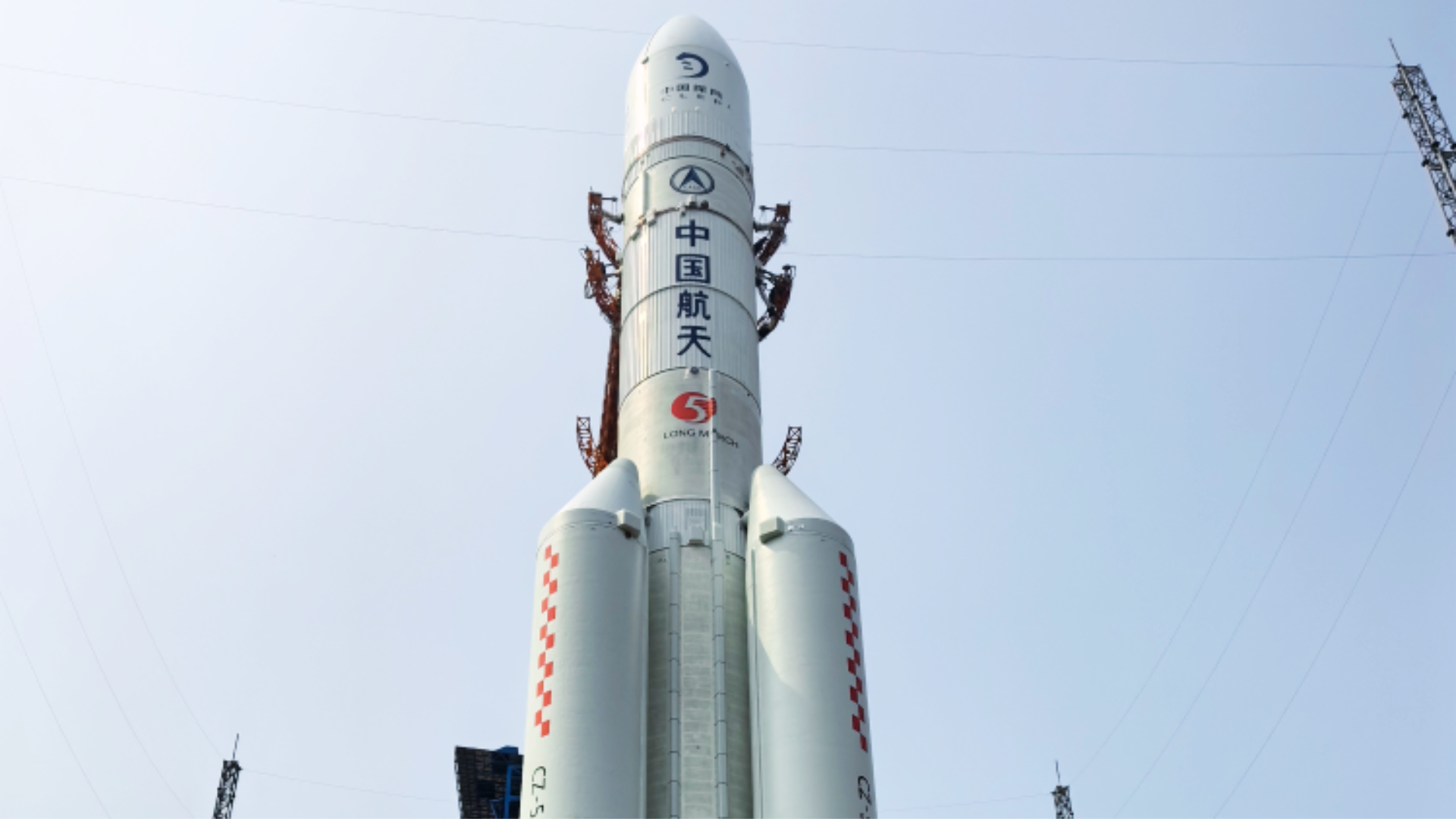China’s Chang’e-6 lunar probe has successfully landed on the far side of the Moon to collect samples. This marks a significant milestone in Beijing’s long-standing space program.
According to state news agency Xinhua, the Chang’e-6 touched down in the vast South Pole-Aitken Basin, one of the largest known impact craters in the solar system. This mission represents the first time samples will be collected from this rarely explored area of the Moon.
The Chang’e-6 embarked on its technically complex 53-day mission on May 3. Now that the probe has landed, it will collect lunar soil and rocks and conduct other experiments in the landing zone. This process is expected to be completed within two days. The probe will use two collection methods: a drill to gather samples beneath the surface and a robotic arm to pick specimens from the surface.
MUST READ: Is Putin Behind all the accidents recently occurring across Europe?
Following the sample collection, the probe will attempt an unprecedented launch from the Moon’s far side, which always faces away from Earth.
Scientists believe the Moon’s far side—termed “dark side” not because it never receives sunlight, but because it is invisible from Earth—holds significant research potential. Its craters are less covered by ancient lava flows compared to the near side.
Material gathered from the far side may provide better insights into the Moon’s formation. Under President Xi Jinping, China’s “space dream” has accelerated significantly.
Over the past decade, Beijing has invested substantial resources into its space program, pursuing a series of ambitious projects to close the gap with the traditional space powers, the United States and Russia.
China has achieved several notable milestones, including constructing a space station named Tiangong, or “heavenly palace.” Beijing has also successfully landed robotic rovers on Mars and the Moon, and China is only the third country to independently put humans into orbit.
However, Washington has expressed concerns that China’s space program may be concealing military objectives and an effort to establish dominance in space.
China aims to send a crewed mission to the Moon by 2030 and plans to build a base on the lunar surface. Meanwhile, the United States is also planning to return astronauts to the Moon by 2026 with its Artemis 3 mission.
ALSO READ: Kim Jong Un Supervises North Korea’s Rocket Launcher Test
















